Industry-Sponsored Student Capstone Projects
2021/2022
In the 2021/22 academic year the industry capstone program was supported by 62 sponsors and 95 real-world projects. Over four hundred students from across the College of Engineering participated. Scroll down to learn more about each project.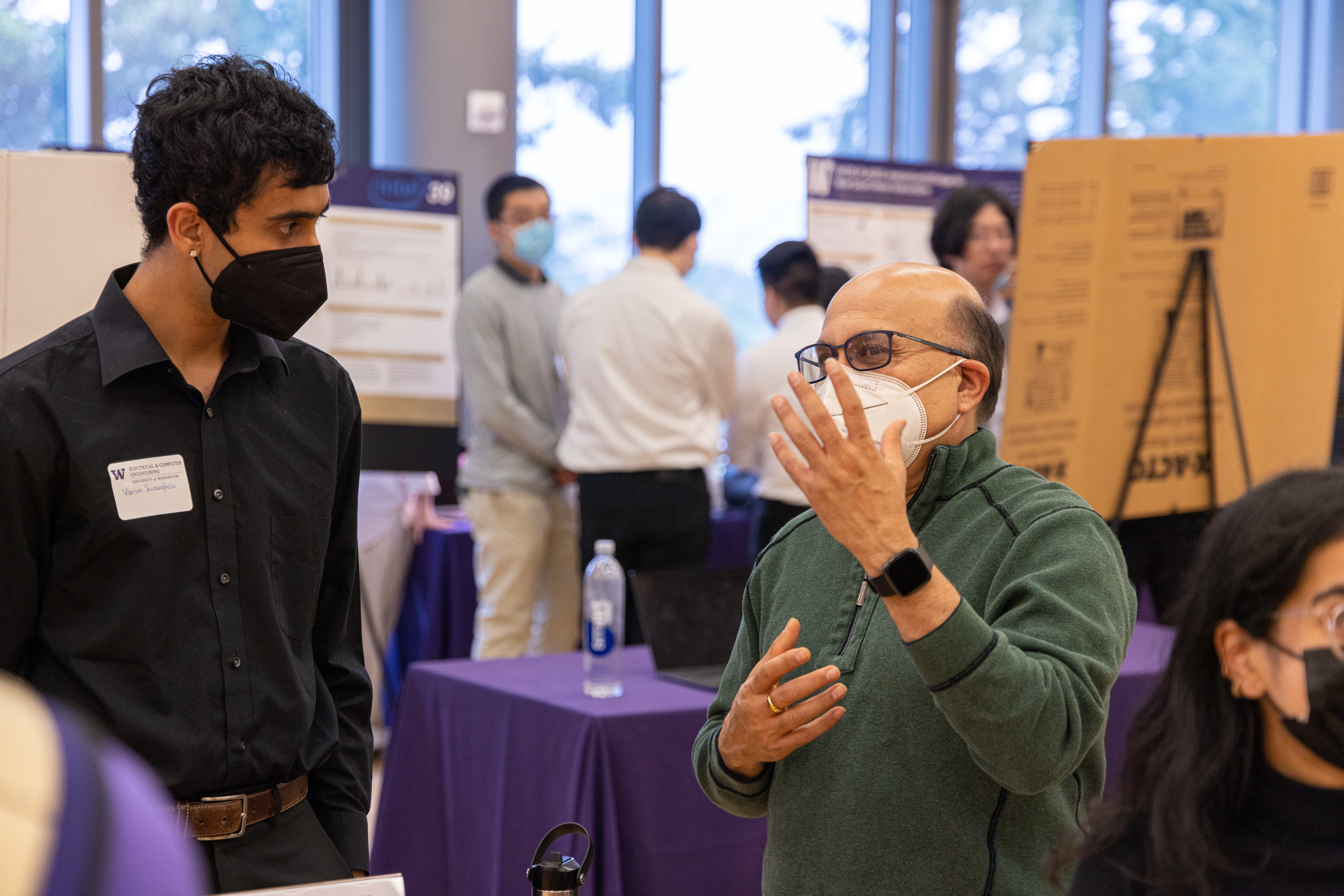
Moonbeam
Intelligent Interfaces for Remote Collaboration in VR
Moonbeam uses virtual reality and artificial intelligence to transform the future of remote creative collaboration. They build tools to help corporate innovation groups work more effectively with startups without the constraints of geography. The student team worked to develop features leveraging conversational intelligence AI in order to support remote collaboration within VR to maximize productivity and creativity during strategic conversations.
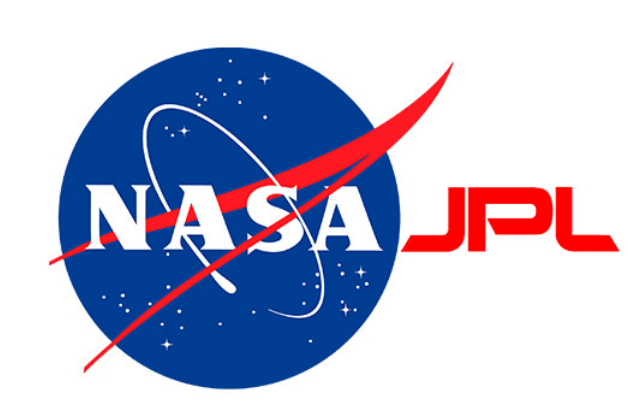
NASA Jet Propulsion Laboratory
Autonomous Exploration through Heterogeneous Robotic Collaboration
This student team worked to develop and demonstrate software algorithms capable of supporting collaborative heterogeneous multi-agent autonomous exploration of Mars' physical environment. The students' proposed system comprises one drone and one rover. While the drone can provide a broader view of the area, the rover can complement with detailed information for a smaller surrounding area. With each robot free to move independently, together they can perform distributed measurements that would be nearly impossible for a single robot to achieve.
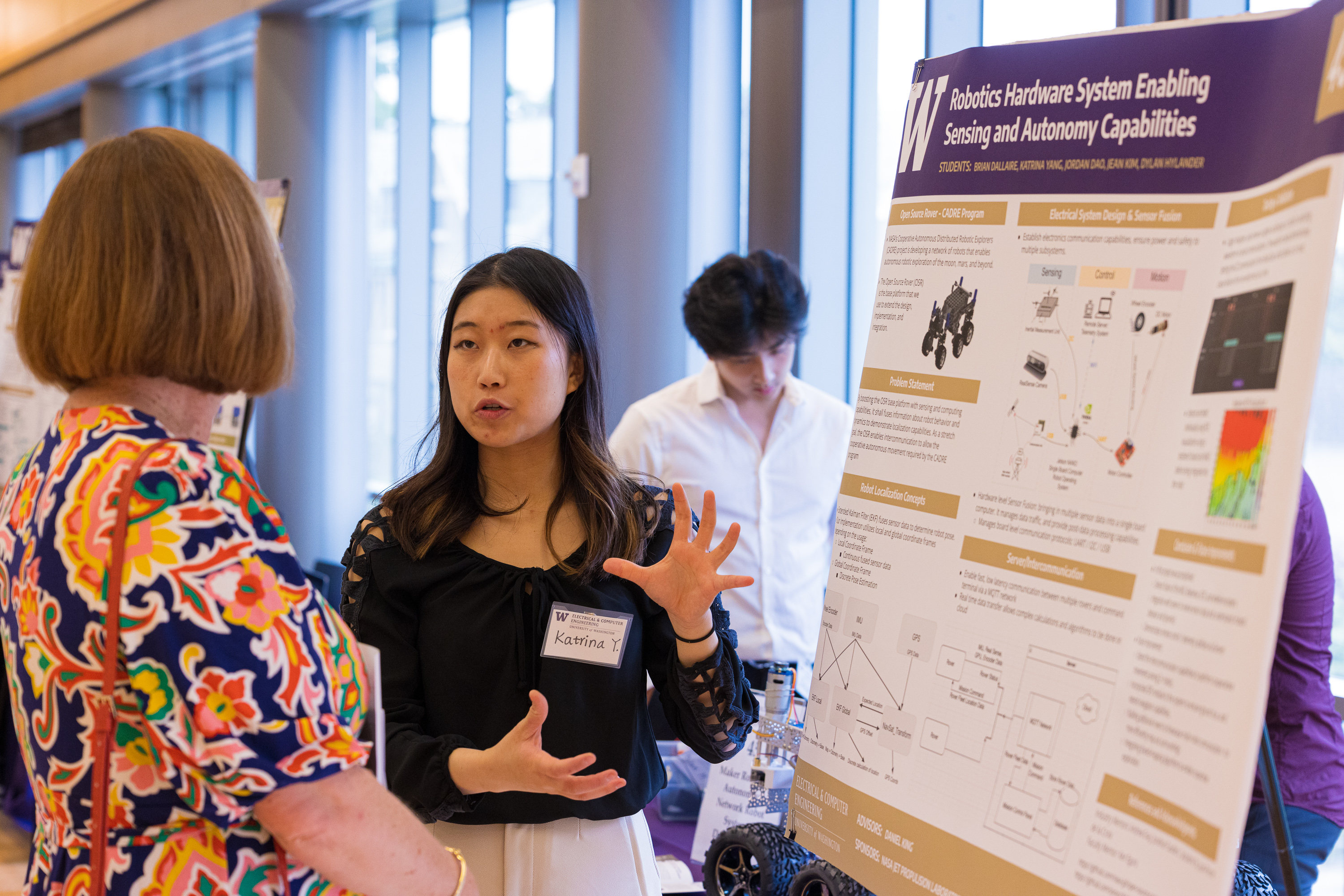
NASA Jet Propulsion Laboratory
Maker Robots for Autonomous Network Robot Systems Development
NASA's Cooperative Autonomous Distributed Robotic Explorers (CADRE) project is developing a network of mobile robots with the goal of cooperative autonomous exploration of the Moon, Mars, and beyond. Through the system design and collaboration of electrical hardware and robotics perceptions, the student team designed, built, and integrated a platform of software and devices in the form of an Open-Source Rover. The rover actively provides real-time data from an Inertial Measurement Unit (IMU), GPS, RealSense Camera, and wheel speed sensors using Wi-Fi to store valuable information and navigate autonomously.
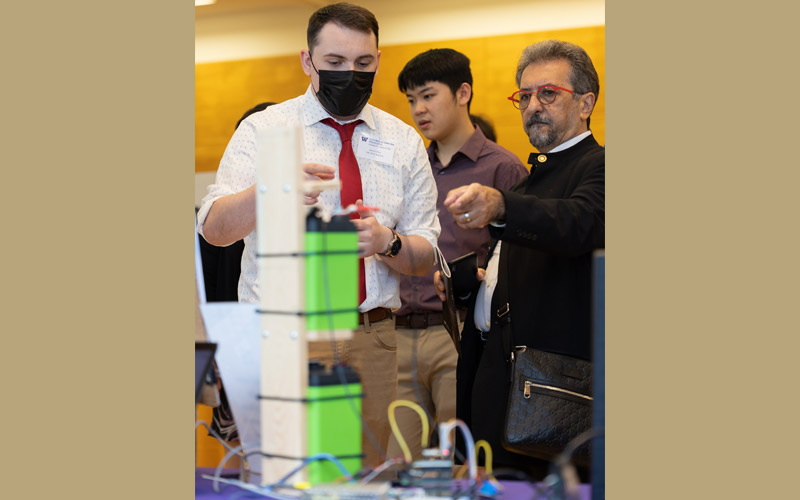
National Oceanic and Atmospheric Administration (NOAA)
Intertidal Sensor Array for Monitoring Ocean Change Stressors in Oyster Farms
This student team worked to develop an intertidal sensor array and remote data management system that could be deployed and used by shellfish growers, informing farmers of appropriate management strategies through measurement and analysis of water quality parameters such as pH and temperature. This sensor array integrates data management, battery power, and wireless communication in a robust package using off-the-shelf components, designed to function in harsh environments.
Nintex
Intelligent Data Wizard
Nintex is building the next general low and no-code intelligent platforms to help companies in storing and managing their data. The student team worked to extend the existing Nintex platform by enabling customers to generate schemas capable of a wide range of data type conversion. The team built an intelligent data advisor with a universal intermediate model, which is more efficient and widely compatible compared to regular format converters.
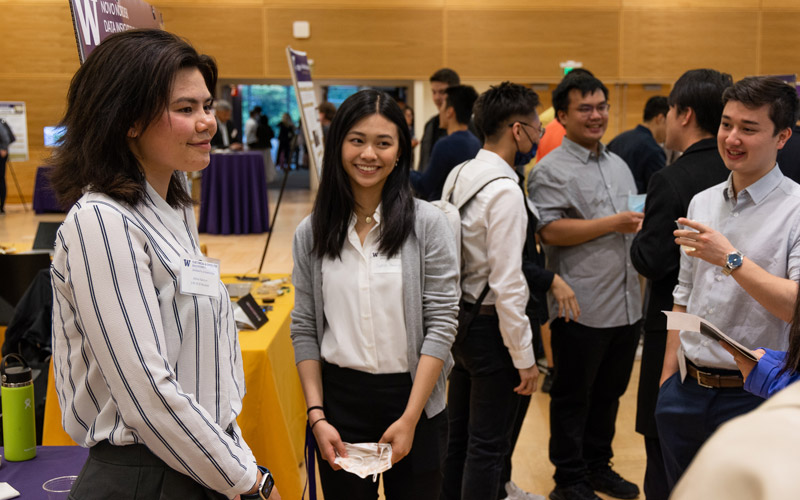
Novo Nordisk
Data Insights Engine Tool
Novo Nordisk is working to create a data insights engine that allows the company to incorporate predictive and prescriptive insights into their innovation process. The student team worked to design and create the UI/UX for this tool for internal Novo Nordisk teams to interact with the data, and identify and understand previously undefined personas that can then be provided with novel and innovative healthcare solutions.
Novo Nordisk
Neuropathy Patient Assistant
The student team created the Neuropathy Patient Assistant App, which provides a user-friendly dashboard of the patient's glucose levels and their activities. Given that neuropathy patients undergo immense pain in the limbs, the app provides recommendations to alleviate pain in hands and feet through exercises. The app also provides timely recommendations to patients to maintain a healthy lifestyle and keep diabetes under control.
Novo Nordisk
Smart Home Sensor for Diabetic Foot Ulcerations
One-third of diabetics will experience diabetic foot ulcerations (DFUs) which can significantly diminish quality of life and even lead to amputations if not caught early. In order to help reduce the severity of DFUs, the student team developed a system that uses a combination of sensors and a deep learning model to analyze the data and foot images. This information was incorporated into a smartphone app where the user can take daily surveys to evaluate the status of their feet, view past records of their feet, and receive recommendations for a course of action.
Nutanix
Security Attach and Defense Reasoning Framework
The student team developed and tested a first-order logic expert system that can use existing knowledge, acquire new knowledge from user inputs, and provide answers to questions using known facts via deduction and explanations to the answers that it provides. The system will be used to model various cybersecurity domains and identify the potential pathways to accessing sensitive data.

PACCAR
BOM Wire Tracer
Harness drawings show the schematic and layout of the electrical wires used in PACCAR’s vehicles. Because there are several harness files not within the same system, it requires a lot of hand tracing to analyze the harness in the circuit. To solve the issue, this student team worked to design a software that takes in multiple BOM (bill of materials) and fuse maps to auto-trace and analyze the risk level of each circuit in the BOM.
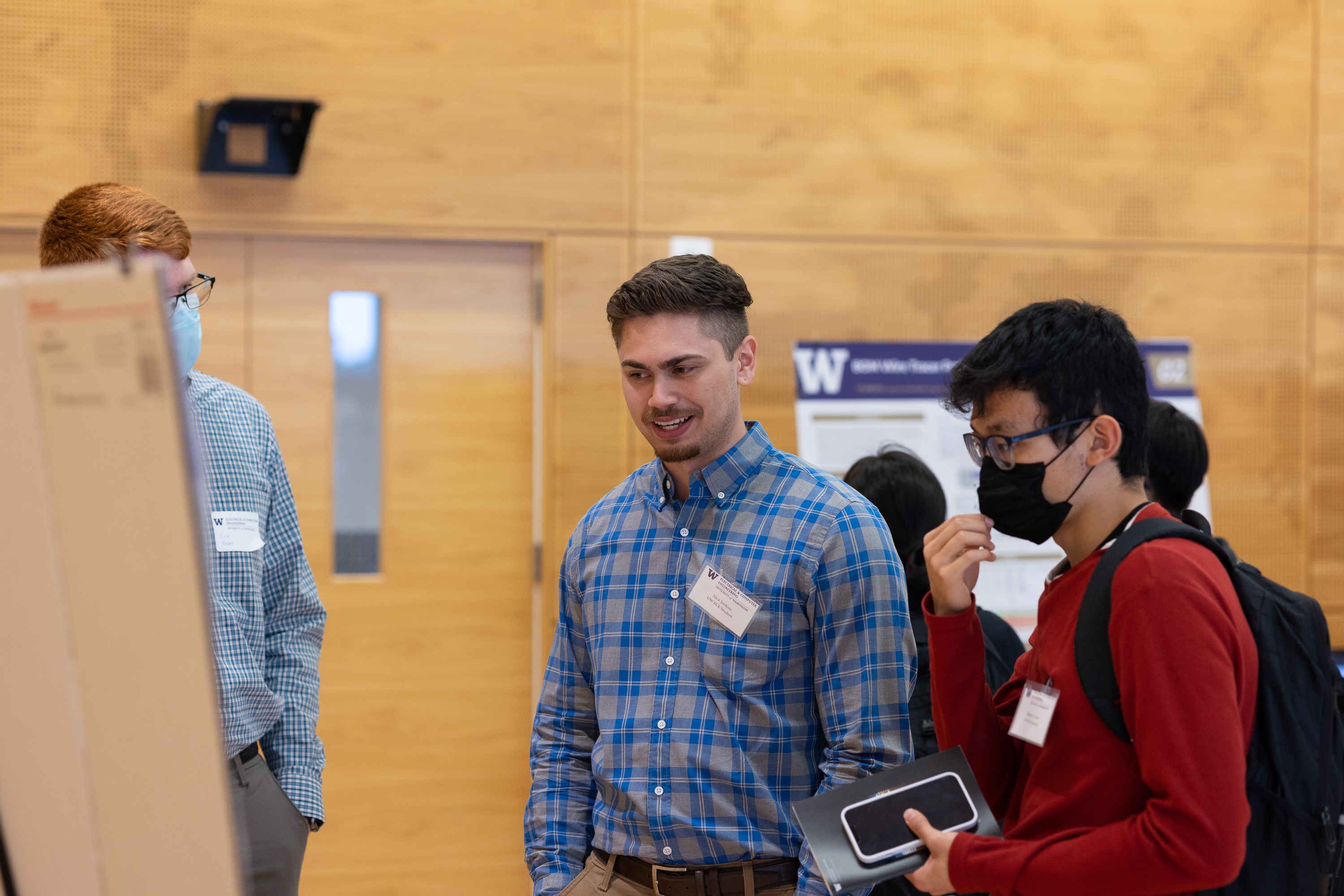
PACCAR
Compact AM Broadcast Band Radiating Antenna
The student team worked to design and construct a portable, self supporting, compact radiating antenna that will efficiently cover the AM broadcast band and produce E fields at greater magnitudes than the electrically short dipole antenna currently being used. The compact radiating antenna will be used as part of a testing practice utilized by PACCAR to evaluate on-vehicle sources of electromagnetic noise which may interfere with the radio receivers in the vehicle.
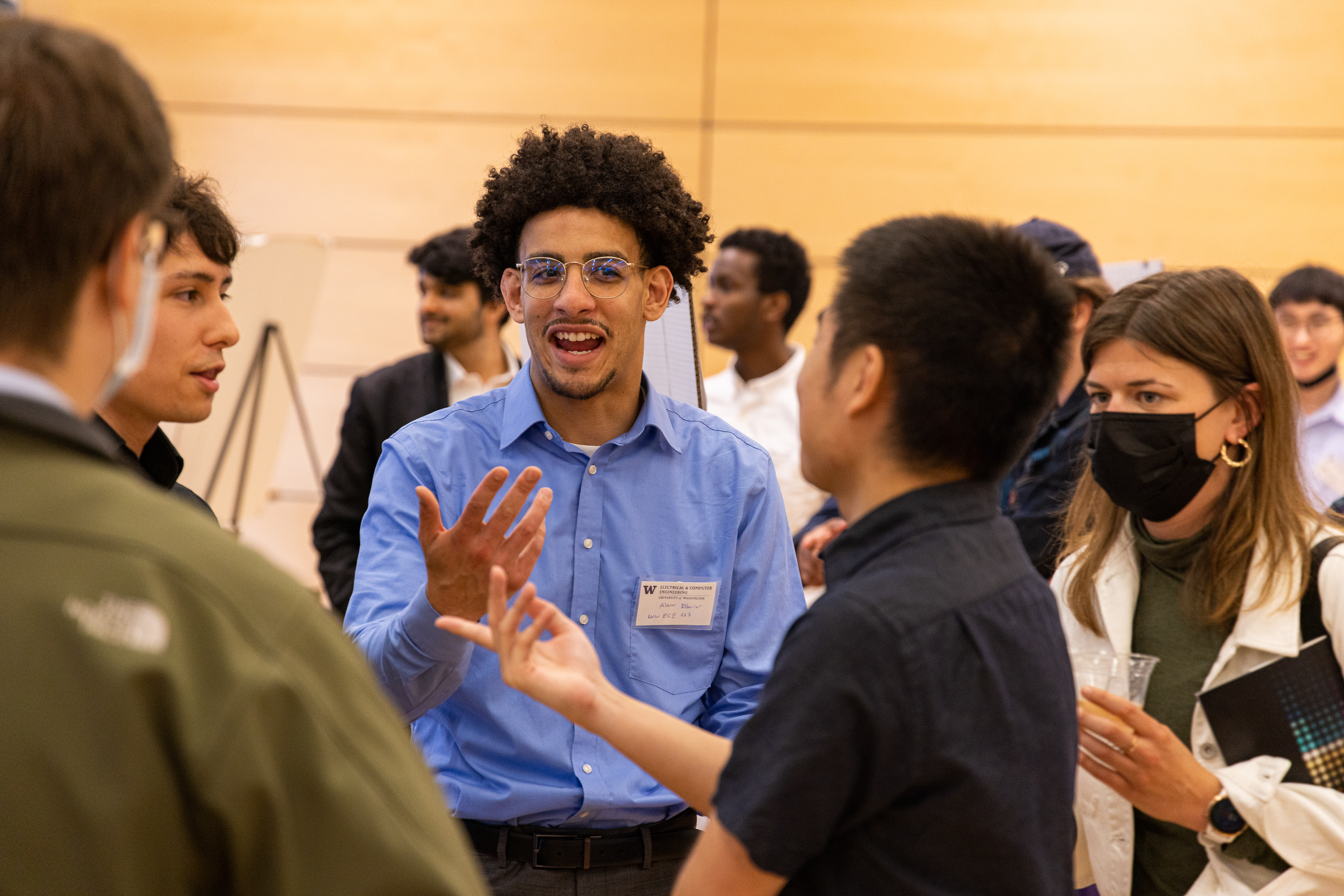
PACCAR
Robotic Arm for Automating Tester Connection
Robotic automation is a flourishing process that PACCAR wants to add to its Manufacturing Support Team. An automatic solution will free up test operators to use their time more efficiently and reduce the time required to test each dash, saving time and money for the plant and the company. The student team worked to incorporate a Kawasaki robotic arm capable of accurately connecting a plate containing multiple cable connectors to the plugs of the rear of a semi-truck dashboard.
Photonic Sentry
Mosquito Flight Monitoring: Benchmarking Performance of a Stereo Vision System
Photonic Sentry has developed the Photonic Fence Monitoring Device (PFMD) for entomologists to study the 3D flight behavior of insects with great accuracy. The student team benchmarked the positional accuracy of the system. The results of this work help Photonic Sentry develop updates to the software and data processing systems to improve data quality, as well as inform future clients of the limitations of the device.
Plugable Technologies
Plugable Multiport USB-C Charger
USB-C is widely used these days for fast charging and other capabilities. Taking advantage of this, the team designed a 5V 4A power supply that charges up to 5 USB-C devices overnight, using Plugable's patented "priority charging" algorithm. This algorithm supports charging the highest priority port up to 15W, with power dynamically shifting to the lower priority ports as each device completes charging in succession. The team created a prototype PCD board with fully analog components that follow the patented algorithms and the USB-C Power Delivery protocol.
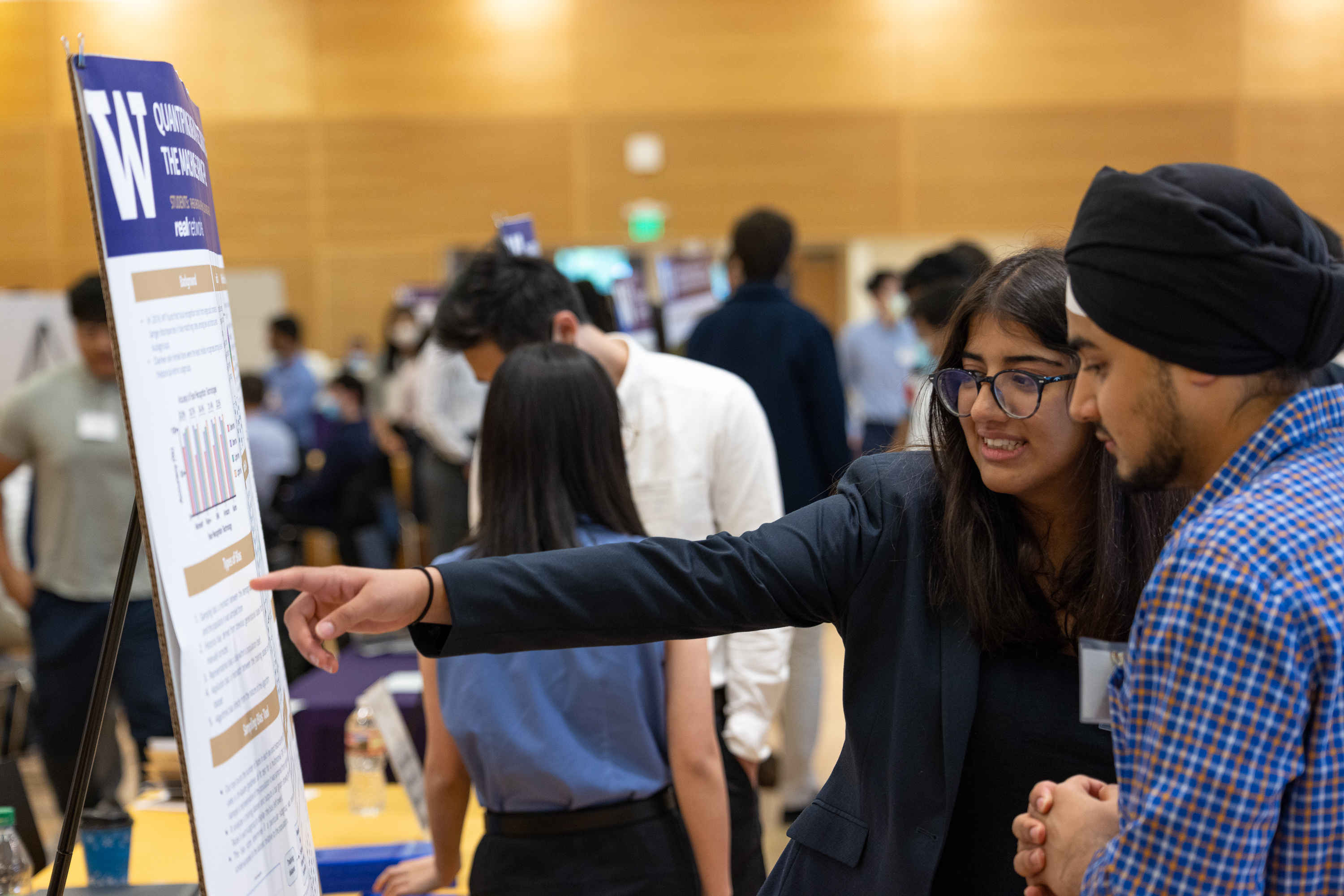
RealNetworks
Quantifying Bias In AI: Detecting Bias Along the Machine-Learning Pipeline
The growth of face recognition (FR) technology has been accompanied by consistent assertions that demographic dependencies could lead to accuracy variations and potential bias. For over a decade, the tech industry has anticipated the integration of computer-vision into the human / machine interface to enhance automation. As it turned out, the early traction for FR comes from security and surveillance applications, rightfully prompting dystopian fears. While engineers have benefited from the availability of AI and machine learning tools, allowing them to train their models to ever higher accuracy, the fairness and ethics of their algorithms have often been an afterthought. This project aims to develop a tool set to measure and reduce bias in AI training sets, test sets, and resulting models. Further, its goals include practical Tech Policy recommendations for the industry regarding bias of AI models.
Related News

Fri, 09/20/2024 | UW Civil & Environmental Engineering
Smarter irrigation for a greener UW
A new project combines satellite data with ground sensors to conserve water and create a more sustainable campus environment.
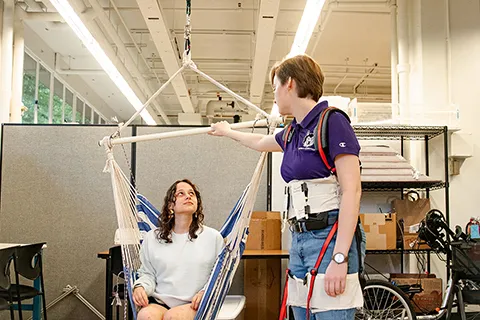
Mon, 09/09/2024 | UW Mechanical Engineering
Testing an in-home mobility system
Through innovative capstone projects, engineering students worked with community members on an adaptable mobility system.
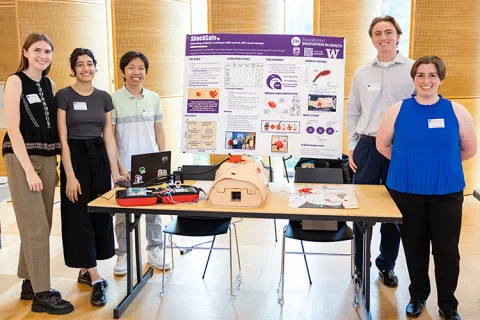
Mon, 08/19/2024 | UW Mechanical Engineering
Students strive to ensure accurate AED shock dosage
ShockSafe, developed by students with the help of mentors from Philips and Engineering Innovation in Health (EIH), can distinguish between children and adults during cardiac arrest emergencies.

Wed, 08/07/2024 | Snohomish County News
Snohomish County, University of Washington partnership boosts efficiency in enterprise scanning center
UW Industrial and Systems Engineering Capstone Project set to save Snohomish County over $40,000 annually.